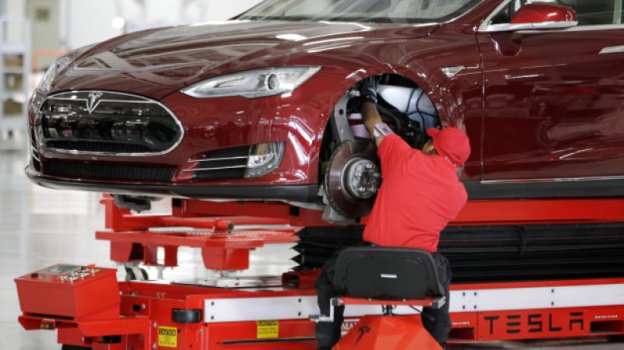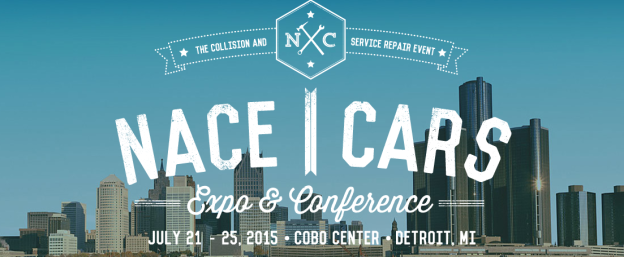[Editor’s Note: Sign up link follows at the end of this article.]
I want to take a brief break from discussing the finances of The Boyd Group to ask all of you a serious question.
Are you attending NACE this year?
If you are not, you should be. The success of your business and investments may depend upon it. Whether you a
Whether you are a collision repair operator, an investor in the industry, an MSO, or a supplier to the industry, there is good reason to be at NACE. And this year I am providing a unique opportunity to you.
As a reader of my weekly posts, you understand the massive changes that the industry is undergoing. Never has there been more interest in the industry from Wall Street. Never has consolidation taken place at such a rapid rate. Never has the industry witnessed multiple players with an annual run rate of over one billion dollars in sales. Never has there been a better time to be in the business.
Going forward, the rapid change of the industry presents even more questions:
- As consolidation in the collision industry drives consolidation in adjacent industries, what will the impact be on the collision industry supply chain? How will parts and paint vendors and jobbers compete going forward?
- As interest rates normalize, how will this impact the price and frequency of mergers and acquisitions in the industry?
- What does the global collision industry look like and how will Carlyle’s acquisition of Nationwide, the largest collision repair provider in the UK, impact consolidation in the U.S.? What does consolidation look like internationally? How does the U.S. impact the collision market internationally and how will the international market impact the U.S. market?
These are high level topics with high level implications. But they have very real implications for your business. If you are looking to grow, have you considered:
- Inorganic growth strategies that have been proven lucrative time and time again;
- The opportunities available to small to medium sized MSOs as more and more large MSOs are acquired by the largest consolidators;
- The impact telematics and technology will have on DRP and OEM referral patterns;
Similarly, if you are contemplating retirement, transitioning your business to the next generation, selling to a larger consolidator or just slowing down have you considered:
- The role finance and accounting play in maximizing the value of your business;
- The financial value your staff and management team add to your business;
- The impact of scale (i.e. multiple locations) on valuations;
- How negotiating a business sale is very different from negotiating with an insurance company.
The industry is changing and evolving. To be successful in the industry used to be just about fixing cars and minding KPI’s. No longer.
For the first time ever I am making available a limited number of one on one meeting slots to select readers at NACE 2015. As a loyal reader I want to make sure that you are one of the first to know and able to sign up.
If you are interested in meeting with me, you can submit a one on one request at: http://supp-co.com/nace-2015
Until next week.









